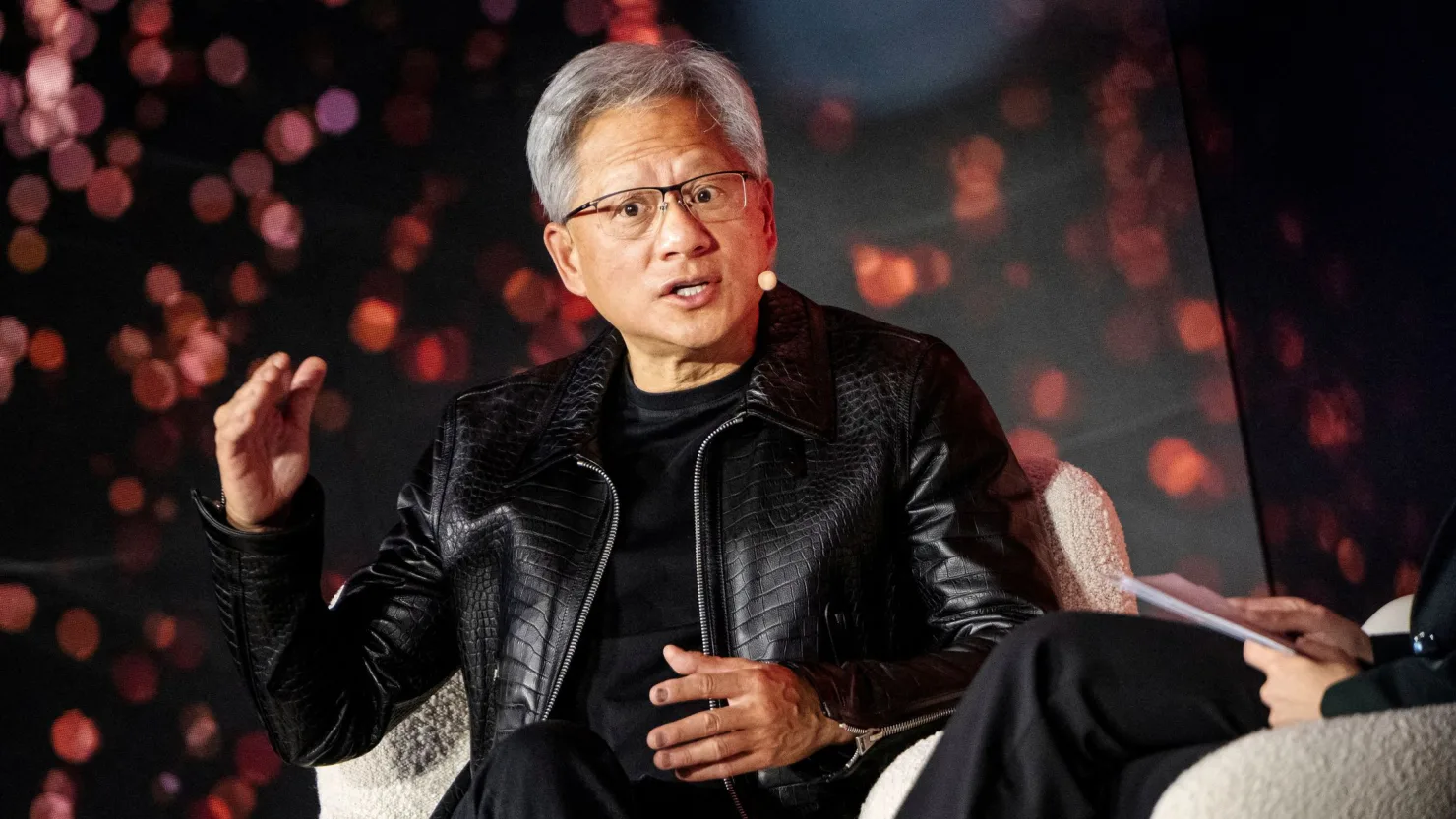Nvidia is set to replace Intel in the Dow Jones Industrial Average, a significant change to the renowned index that highlights Nvidia’s ascent in the artificial intelligence (AI) realm and marks a major shift in the semiconductor industry. Nvidia’s surge reflects investors’ enthusiasm for AI technologies, positioning the company as a leading supplier of graphics processing units (GPUs) crucial for powering AI advancements.
Intel’s shares dipped by 1% in extended trading on Friday, while Nvidia shares saw a 1% increase. The switch is scheduled for November 8. Additionally, Sherwin-Williams will replace Dow Inc. in the index, according to a statement from S&P Dow Jones.
In 2024 alone, Nvidia shares have skyrocketed over 170%, following a remarkable 240% rise last year. Nvidia’s market capitalization has grown to $3.3 trillion, second only to Apple among publicly traded companies. Key tech giants, including Microsoft, Meta, Google, and Amazon, have acquired Nvidia’s GPUs—like the popular H100 model—in substantial quantities to construct vast computing infrastructures for their AI initiatives. Nvidia’s revenue has doubled in each of the past five quarters, tripling in three of them, as demand for its upcoming Blackwell AI GPU reaches unprecedented levels.
With Nvidia’s addition, four out of six trillion-dollar tech companies are now included in the Dow, leaving Alphabet and Meta as the only ones outside the index.
While Nvidia thrives, Intel has struggled. Once the dominant player in PC chips, Intel has been losing market share to competitors like Advanced Micro Devices and faces challenges adapting to the AI market. Intel’s shares have fallen by over 50% this year due to persistent manufacturing obstacles and heightened competition in central processors. In a recent filing, Intel disclosed plans to reduce costs by cutting its workforce by 16,500 and downsizing its real estate footprint, with these cuts initially announced in August.
The Dow Jones index, which comprises 30 companies, is weighted by share price rather than market value. Nvidia’s 10-for-1 stock split in May lowered its share price by 90%, making it feasible for inclusion in the Dow without a disproportionate impact on the index.
This switch marks the first change to the Dow since February when Amazon replaced Walgreens Boots Alliance. Over the years, the Dow Jones has steadily increased its exposure to large tech companies, with stocks selected by a committee from S&P Dow Jones Indices.
READ MORE:
